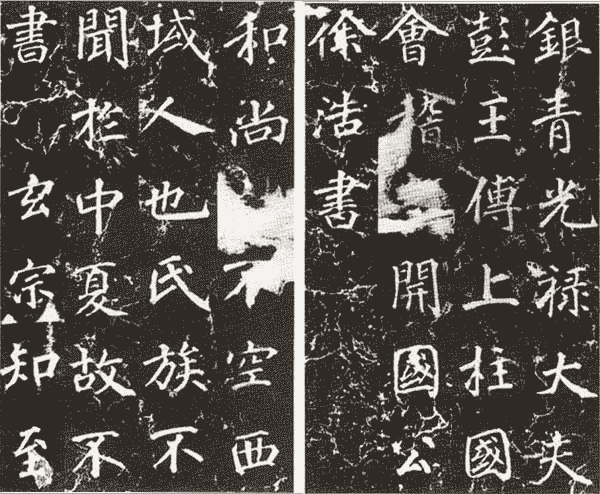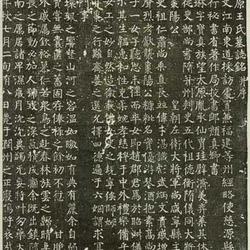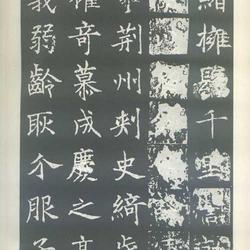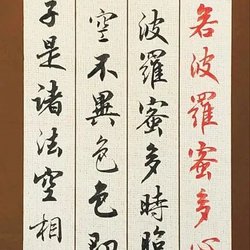"Bukong Monk Stele" is inscribed in the official book. The full title is "The Preface to the Inscriptions of Monk Tripitaka and Monk Zheng Guangzhi, the Great Virtue and Great Debian of Shanxi Temple in Taixing, Tang Dynasty". Written by Tang Yanying and written by Xu Hao. It was built in Chang'an in the second year of Jianzhong of Tang Dynasty. "Elegance and Stone Collection" records: The stele is eight feet three inches high and four feet one inch wide. It has a total of twenty-four lines and a full line of forty-eight characters.
Xu was seventy-nine years old when he wrote this stele. He was a pharaoh, mature, dignified, and less pure. "Biography of Tang Shu" says: "Shi Hao's father Qiao's good calligraphy taught Hao with the method, which benefited his work. He tasted the book forty-two screens, all eight styles were prepared. The method of the world is: 'An angry cat picks a stone, thirsty' "Ji rushes to the spring." "Xingchi Bian" says: "There are many Gongshu writers in the Tang Dynasty, and the only one who seeks the name of his three-leaf heir is Xu." Bao Shichen's "Guangyi Zhou Shuangji" said: "Kuiji is like a war horse. , majestic and understandable... But there are also many people who are dissatisfied with his calligraphy. For example, "Lv Zongxu Book Review" says: "Xu Haozhen's running script is too sophisticated and not interesting." Li Yu also said: "Xu Hao got the meat of the right army but lost it to the common people." Mi Fu even said: ""Dong Xiaozi" and "Bu Kong" are both bad letters in his later years, and they are not studied and flattered at all. Those who have knowledge will know this. "The written writings passed down include, in addition to "Monk Bu Kong's Monument", "Songyang Guanji Ode to Praise of Virtue", "Zhu Juchuan's Report on the Body", etc.
The handed-down calligraphy version with the word "闍" intact is the Ming rubbing. The inscription records the history of the inheritance of Buddhist Tantric Buddhism, as well as the achievements of monk Fukong who was appointed as the national teacher of Xuanzong, Suzong and Daizong of the Tang Dynasty. It is of great value for studying the spread of Buddhist Tantric Buddhism and the history of cultural exchanges between China and Japan and China and India.





















